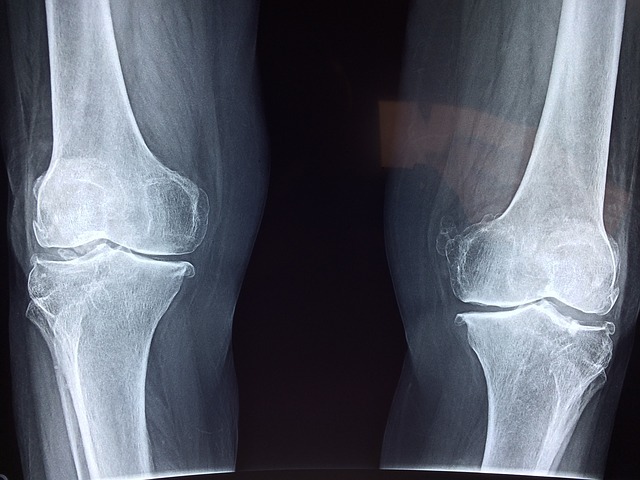Haoma Medica announced the completion of a first-in-human trial for NaQuinate, a naphthoquinone carboxylic acid, which is being developed as a novel orally administered therapeutic for osteoporosis.

NaQuinate is being developed as a novel orally administered therapeutic for osteoporosis. (Credit: Dr. Manuel González Reyes from Pixabay)
Subscribe to our email newsletter
The first-in-human trial initiated last year in healthy adults studied single and multiple doses of NaQuinate. The primary objective was to assess the safety, tolerability and pharmacokinetics.
”We are delighted that the first-in-human study has completed its last dosing. There were no significant safety or tolerability concerns up to the highest doses tested which underlines our expectation that NaQuinate is safe and well tolerated,” said Dr Cenk Oguz, Haoma Medica’s Chief Medical Officer.
‘Our pre-clinical research has revealed an exciting feature of NaQuinate where it appears to have the capacity to work in harmony with the body’s natural response to weight bearing exercise to synergistically enhance bone formation when and where required – now that would be a ‘smart’ drug,’ said Dr Steve Deacon, Haoma Medica’s CEO. ‘Together with the safety data from this first-in-human study, this supports the potential that NaQuinate treatment could provide a safe, novel and smart therapeutic approach to bone disorders like osteoporosis and better maintain healthy skeletal aging.
Previous studies have shown NaQuinate to protect against reduction in bone quality and quantity that occurs in response to ovariectomy in rodent models. In a mechanical mouse loading model, a surrogate for weight-bearing exercise, NaQuinate synergistically enhanced the body’s normal response to loading by forming bone, targeting relevant cortical bone regions. This synergistic interaction between NaQuinate and mechanical loading suggests the functional use of bones’ mechanostat, a term which describes how mechanical loading affects bone structure, in the regulation of bone mass and architecture.
NaQuinate is currently being evaluated using a curative model of osteoporosis versus a bisphosphonate and a loading model versus an anabolic; results are expected early next year.
Osteoporosis is a silent disease often not presenting with any signs or symptoms until a fracture occurs. It thus remains an underdiagnosed and undertreated disease.
Osteoporosis results in bone loss and changes in bone quality and strength that occurs through the normal aging process leading to fragile bones. Fragile bones lead to fractures, which progresses into a downward spiral of disability, loss of independence and increased mortality with considerable social and economic burden. Fragility fractures are a major obstacle to healthy aging. Worldwide there is a fragility fracture every 3 seconds.
According to the International Osteoporosis Foundation, about 200 million suffer from the disease worldwide. A combined lifetime risk of fractures is 40% and is equivalent to the risk of cardiovascular disease. In women over 45 years of age, osteoporosis results in more time in hospitals that many other diseases such as breast cancer, heart attacks, and diabetes.
Source: Company Press Release
 Advertise With UsAdvertise on our extensive network of industry websites and newsletters.
Advertise With UsAdvertise on our extensive network of industry websites and newsletters.
 Get the PBR newsletterSign up to our free email to get all the latest PBR
news.
Get the PBR newsletterSign up to our free email to get all the latest PBR
news.

